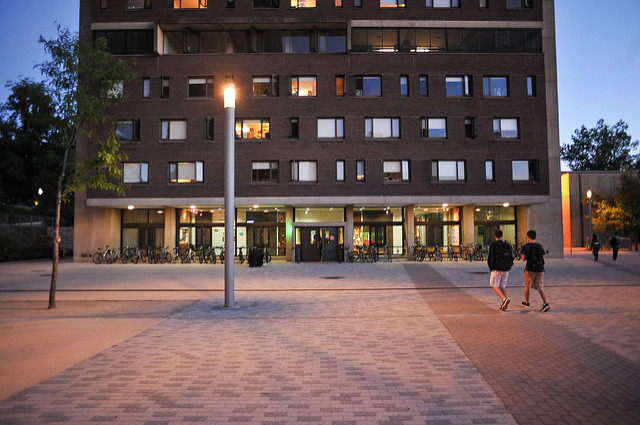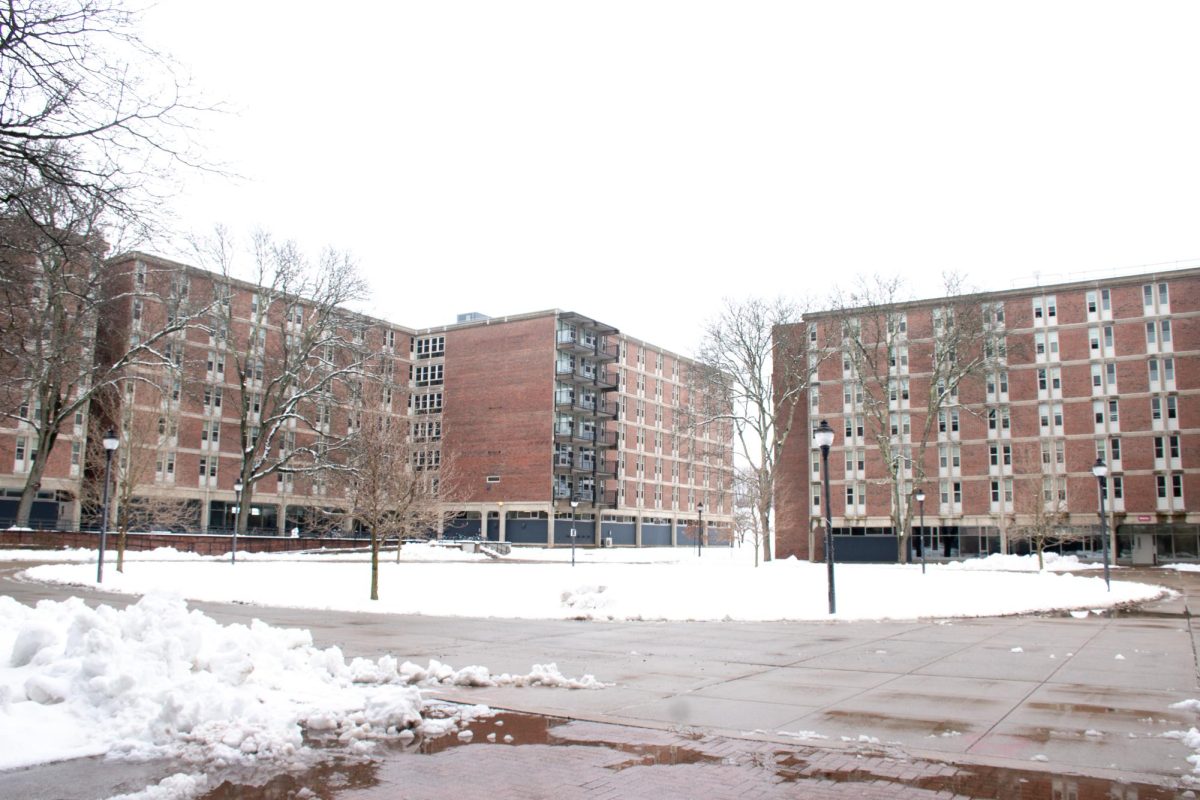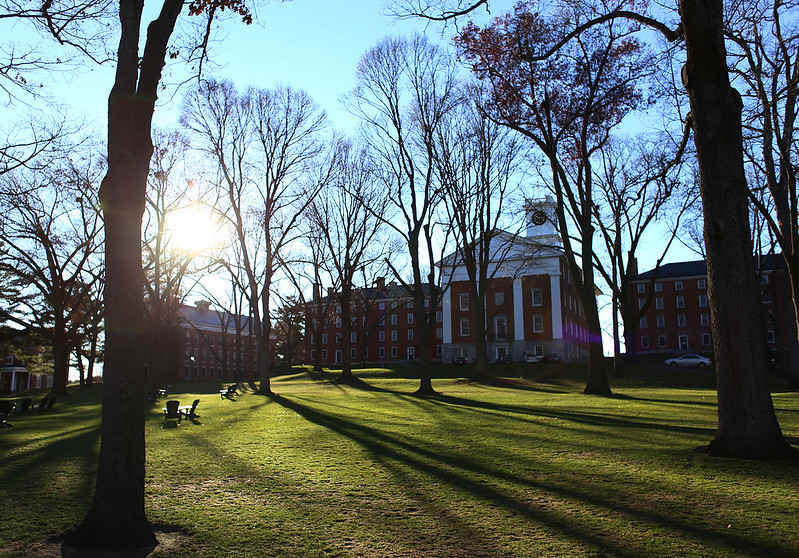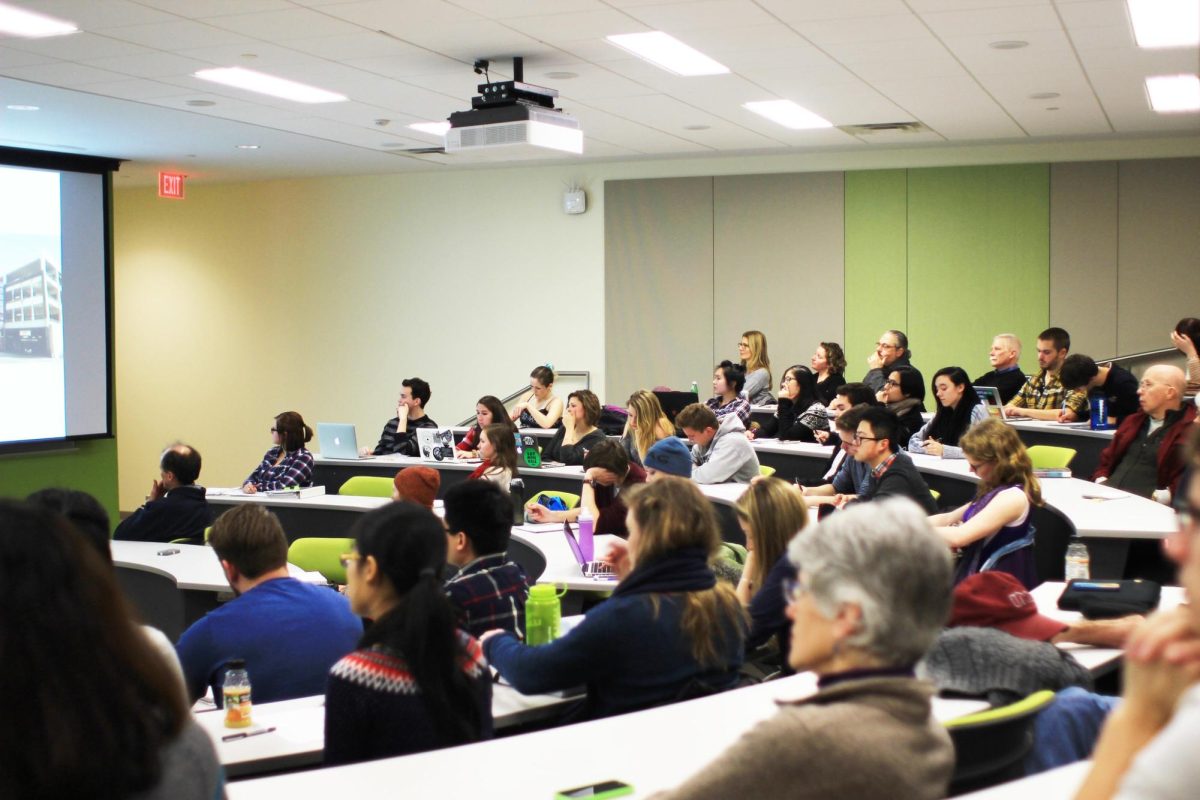“I’m ______ , from ______ , MA, and I’m majoring in ______ .” These murmurs fill the room as more and more people crowd their way into the Sycamore sixth floor common room for a meeting on the first day of college. As the resident assistants go about the tired routine of icebreakers and the monotonous reading of a PowerPoint presentation planned out by the residential director, I glance around at my new floor mates. Little did I know that within a little under a month I would come to know these people very well.
For my first week or so at the University of Massachusetts, I wasn’t aware that other students didn’t share the same sense of camaraderie with people on their floor as I did. I thought maybe it was due to the fact that our floor doubled as a residential academic program floor, made up of all engineers. Or possibly due to the fact that Sycamore is a first-year dorm, allowing its residents to make connections through the shared struggle of transitioning to college. However, I quickly realized that the bond formed between the sixth floor residents is a result of our frequent use of the common room.
While most floors in Sycamore have common rooms similar to ours, the fourth floor only has the residential academic success center, a smaller room dedicated to the peer mentors’ use. This room fosters an academic community, but it does not allow for students to interact with their peers and relax after classes together. Although the RASC set-up might be less than optimal compared to other floors in Sycamore, the worst situation is in the Southwest Residential Area, which recently implemented economy housing. This new option converts common rooms into quads due to an increase in students, which has risen from 4,714 students in last year’s class to 5,050 in the class of 2022.
Admittedly, it’s a unique way for the University to expand its residential capacity without going through the hassle of building new dormitories. However, the new quads are taking away from students’ ability to meet others on their floor.
Although the affected Southwest buildings still have a first-floor communal space, freshman Tori Kelliher, a resident in Cance Hall, stated she, “doesn’t hang out on the first floor at all,” because “it’s inconvenient.” In Sycamore, I really enjoy having the common room down the hall from my room, making it easy to go back to grab a charger, snack or anything else I might have forgotten. Sometimes I don’t even feel like going to the second floor to fill my water bottle!
I can’t imagine having to ride a rickety elevator down stories just to do homework or chat with friends. If it was that much effort, I would probably just stay in my room and study. Having only one common room per building greatly decreases the accessibility of students to their peers for both academic and social connection.
A common area is a vital aspect of the residential community for freshmen. Personally, I would have found it very difficult to meet friends, if not for the shared communal space. Not only do I see my floor mates in many of my classes, but the common room also provides a space to do work together and bond over mutual experiences, whether that be complaining about Late Night closing on weekends or rejoicing over finally finishing a killer problem set.
Many of my classes are large lectures and it can be difficult to find friends amidst a giant auditorium who you would enjoy spending time with outside the classroom. Every time I go to my chemistry class, I sit next to a different person. The class starts too soon to strike up conversation and I spend the next hour or so taking notes or solving problems. Without the common room, I don’t know how I would have made genuine connections with my peers in such a short time. The college experience can seem daunting, but due to the relationships I’ve formed with the people on my floor, I haven’t felt homesick or lonely throughout the entire first month on campus.
When I hear loud boisterous singing in the common room in the late hours of the night or look down the hall, and see all the chemical engineers huddled around the whiteboard doing a process flow diagram, I am thankful for the community that a common space provides. The conversion of common rooms into quads may seem like a convenient way to create space, but UMass should be aware of how taking away a communal area can affect students, especially freshmen, and their ability to make connections outside of class. With more and more students applying to college each year, I can only hope that UMass is able to accommodate for the influx of students in an alternative way that does not decrease positive social relationships between students.
Alanna Joachim is a Collegian columnist and can be reached at [email protected].




















Hayley Palermo • Oct 2, 2018 at 9:50 am
Loving it Alanna! Some fantastic points made here! Keep it up 🙂
Andrew Tran • Oct 1, 2018 at 12:16 am
Nice